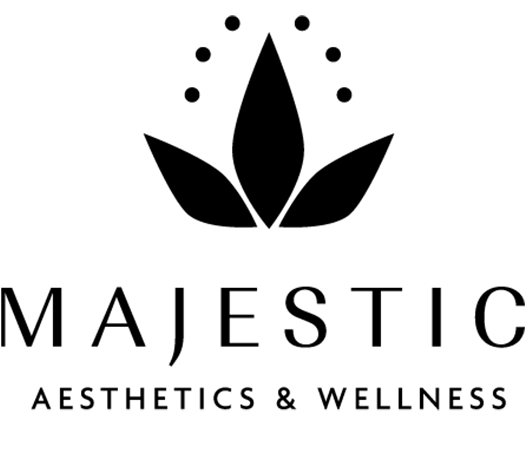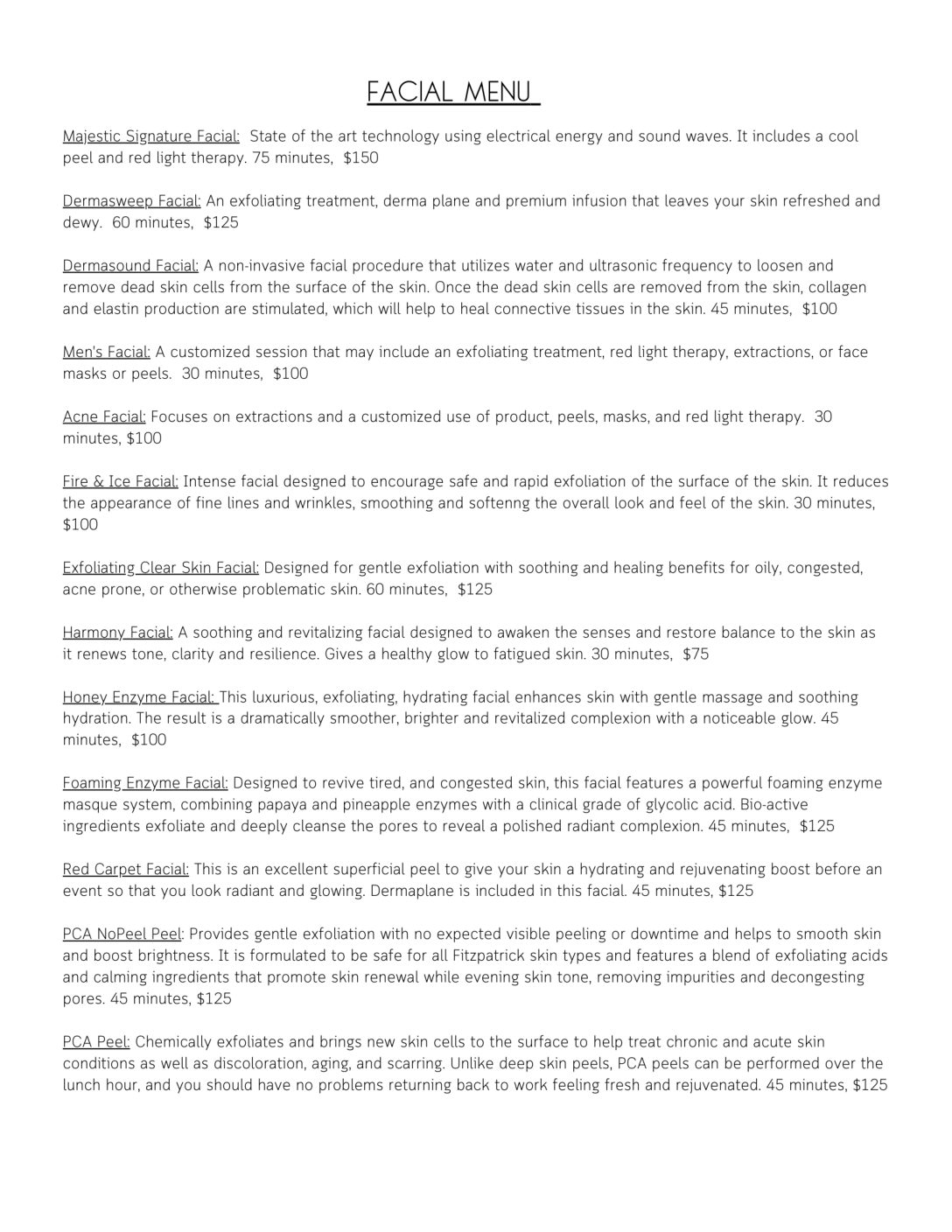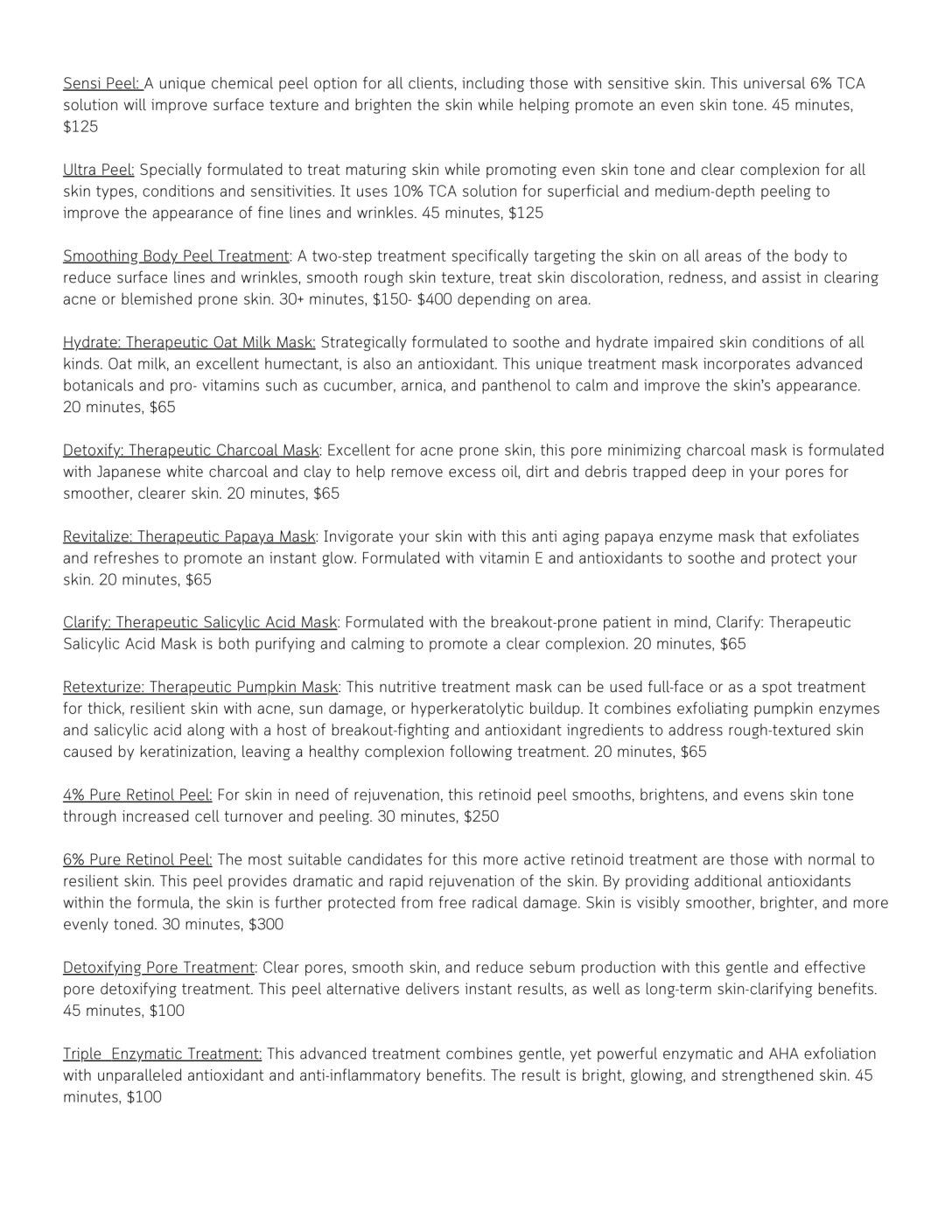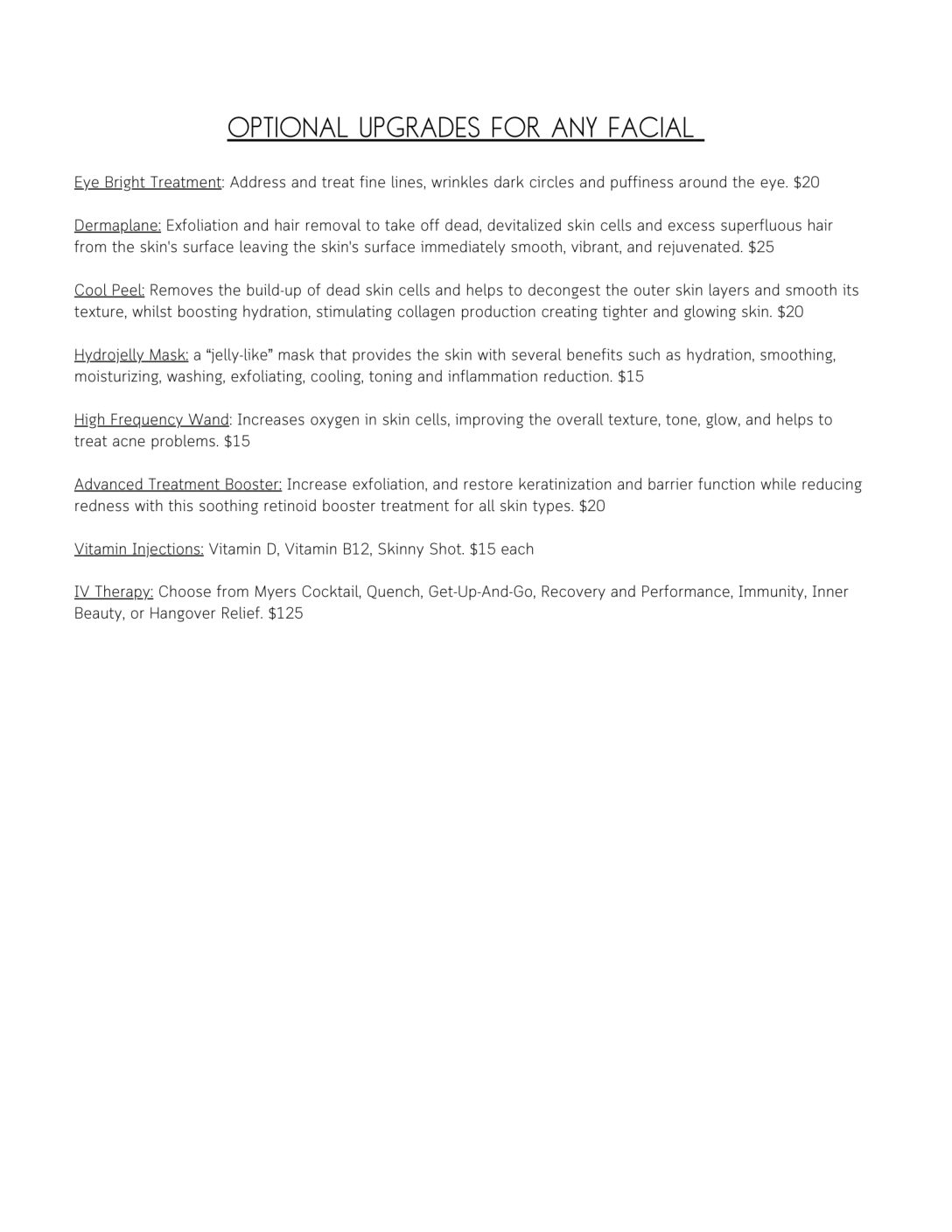Scientists are promising us that we are going to live longer but who wants to live longer if it only means that we are going to look and feel old for longer. We have to do something to lengthen our youthful years and shorten our senile period. The most visible change is in our skin and so we have to learn strategies to keep our skin as young and healthy as possible. We know that conventional cosmetics and salon treatments don’t work but fortunately we live in the age of Cosmeceutics. Cosmeceutics are cosmetics that have act like pharmaceutical products. That’s the medicine that photo aged skin needs because photoageing is a vitamin deficiency skin disease caused by exposure to light, and free radicals which destroy vitamins A, E and C and beta
carotene in the skin. The medicine for photoageing should at least supply what has been lost by exposure to light:
- Vitamin A is responsible for regulating the health of DNA in every cell of the body, but in the skin vitamin A is destroyed by exposure to light. Vitamin A is essential for activating enzyme systems and keeping keratinocytes and fibroblasts healthy. If there is insufficient Vitamin A in the skin then no matter what cosmetic you put on it, the cells cannot really be healthy. Vitamin A and Beta Carotene therefore has to be part of daily skin-care routine for everyone who is exposed to light!
- Vitamin C and E are also destroyed by exposure to light. They are fundamental components of the antioxidant brigade that protects cellular membranes and DNA. They are essential for metabolism and maintenance of cellular health. For our skin’s health we are compelled to address their deficiency every time we go out into sunlight.
Intrinsic ageing of the skin is also not inevitable. It is really a wasting skin disease caused by:
1. free radicals;
2. deficiencies of hormones, vitamins, and micronutrients
3. and other essential factors like cellular electrical charges that dwindle, as we get older.
Topical Vitamin A and antioxidants can reverse certain aspects of photoageing. Vitamin A by itself has a great effect, as does vitamin C, but the combination with a full antioxidant brigade is the most effective. Until this basic fact of vitamin replacement is understood, the preservation of young skin will remain elusive! But remember, replenishment of vitamins has to be combined with sensible protection from the sun without impairing vitamin D production. I believe that there are two significant rules to revolutionise skin care:
Rule 1: Every skin care regime should have Vitamins A, C, E and Beta Carotene included at least once a day. No cosmetic company can be serious about skin care if they do not supply Vitamin A and the antioxidant
vitamins because there are no alternatives.
Rule 2: vitamin replenishment should start soon after we become exposed to sunlight. That means we start replenishment soon after walking! New creams specifically for very young children need to be introduced.
To make sure that people could protect themselves adequately, I created a laboratory to make this ideal skin care range without any added preservatives or perfumes. This product supplies the skin with vitamins A, C, E, panthenol and beta-carotene.
VITAMIN A. Sunlight causes not only a lower concentration of Vitamin A in the skin but prolonged exposure can also lower the blood levels of Vitamin A We all walk around with a deficiency of Vitamin A in every part of skin that is exposed to light. We need to replenish that Vitamin A every day otherwise our Vitamin deficit is translated into skin damage – not only after being in blisteringly hot sunlight, but also on cloudy days because UV-A can penetrate through clouds!
We can’t rely on diet to replenish this Vitamin A because once Vitamin A has been depleted, it takes up to a week to restore the normal levels. We have to restore normal levels of Vitamin A through the skin itself. Women have an added disadvantage because their vitamin A levels fall each time they menstruate and so in reality they are more susceptible to sun damage at that time.
Some people believe that retinol (vitamin A alcohol) is actually the true form of vitamin A. Retinoic acid is just the acid form of Vitamin A and we now know that all the various forms of Vitamin A are interchangeable in the skin cells. The truth is that whatever form of vitamin A you put on your skin, it is going to be changed by the skin cells into retinyl palmitate. I prefer to use retinyl palmitate for basic replenishment of cutaneous vitamin A because it is the least irritant form of vitamin A, and under normal conditions constitutes almost 90% of the vitamin A in the skin. Not only that but palmitic acid has an essential role in the
maintenance of healthy cell walls and is also a source of energy that is required to create the various forms of vitamin A.
Beta Carotene is often called vitamin A but it is not true vitamin A. It can be converted into 2 molecules of retinaldehyde. Beta Carotene is one of the most powerful antioxidants found in nature whereas Vitamin A is not. In other words Beta Carotene counteracts the effects of the sun whereas Vitamin A is actually destroyed by the sun. So we really need both Vitamin A and beta Carotene in our skins.
Vitamin A makes the skin thicker. And normalizes the skin cells. It potentiates the immune cells to keep the skin healthy and reduces pigmentation. The waterproofing barrier of the skin is enhanced and the very surface horny layer of
the skin is compacted and appears smoother.
The collagen making cells of the skin (Fibroblasts) are stimulated to make healthy collagen and natural moisturising factors. This also plumps out the skin. Sebum secretion is normalised and so the incidence of acne is reduced. Oily skin becomes normal. However, if one has dry skin to start with, then Vitamin A initially makes it worse before it boosts the natural moisturisation.
The skin takes on a healthier hue because of the better blood supply. This is usually noticed in older sallow skins.
If the skin is sun damaged then Vitamin A helps to restore normal soft skin and reduces the keratoses. Old wrinkled skin gets smoother.
People with skin conditions like atopy (where the natural waterproofing barrier has been impaired) can also use a cream like this. Topical vitamin A may help to re-establish a healthy horny layer. A product without perfumes or preservatives and proper doses of vitamin A and the other antioxidants can give stunning improvement of skin.
In order to protect the skin each day, yet allow for the formation of natural vitamin D, a low SPF should be used for simple “round the town” sun exposure. The low SPF can be augmented in effect if the day cream has been fortified by the addition of natural vitamin A and antioxidants. These antioxidants will reduce the damage from UV light.
Vitamin C is essential for the production of collagen and also for reducing pigmentation blemishes. Unfortunately vitamin C (ascorbic acid) is unstable in cosmetic formulations, despite the various claims made by different companies about the stability of their products. If you are going to use ascorbic acid then make sure that the product is less than three weeks old when you buy it
otherwise you are buying a much weaker product than you expect. A more stable, and more effective form of vitamin C is magnesium (or sodium) ascorbyl phosphate that will give you its strongest effects for about five months. I prefer to
use a product that is specially made for the client to ensure the greatest efficacy.
Vitamin E is an oil phase antioxidant and is essential for the preservation of cellwalls. Vitamin E depends on adequate amounts of vitamin C to regain activity after it has dealt with a free radical.
Summary
The skin ages because we lose essential light sensitive vitamins every time we go out into light. The scientific method to counteract this damage is to replace the lost vitamins every single day and preferable both morning and evening. Vitamin A is the key molecule that maintains safe, healthy skin and it should be used by every single person on this planet every day in order to neutralize the accelerating damage from a thinner ozone layer.
Intensive treatments for the rehabilitation of sun damaged skin
Dr Des Fernandes
Once we have established photoageing, then simple home care may not be enough and we have to consider more intensive treatments that can be done either by a doctor or a skin care therapist.
Peeling is the first thing that comes to most people’s minds but I believe that this is a crude and probably misdirected way to restore healthy skin. Some doctors firmly believe that laser resurfacing is a good way to treat skin but I believe that we should never use anything that destroys skin cells. The skin is our largest organ and is remarkably fragile. The epidermis is a mere 0.2 mm thick and the horny layer only about 0.02 mm! This beautifully intricate organ has to be treated with great respect and never tortured with the purpose of making smooth healthy skin. The most important cell is the keratinocyte that lies at the base of the epidermis. I believe that we should use lighter peels and gently persuade the skin to become smoother and healthier. We should never forget that the normal destiny of the keratinocyte is to manufacture all the essential keratins and ceramides etc and then die in order to make a healthy, protective horny layer. The skin is the only organ that fulfils its prime function by dying. When you understand this point you can see the danger in treating the horny layer as simply a dead layer that we do not really need. We need the horny layer but we want it health.
Heavy peeling and laser resurfacing can smoothen this skin quite impressively but these treatments kill most of the epidermis and cause scarring in the dermis. This scarring smoothens the skin. The skin has been shocked into looking younger and the patient might have to wear heavy make-up for the rest of her life. Men therapists may say that’s OK, but if we listen to the patients then we’ll hear that they actually don’t want to wear make-up. I found that with time the skin is not normal – its too thin and so it actually shows up fine wrinkles eventually as the collagen melts away. I found that light peels are virtually just as effective as a heavily debilitating peel, provided they are repeated at reasonable intervals.
It is most important to stress that these types of results cannot be achieved by using peeling alone. One has to support the skin with Vitamin A. Vitamin A makes it possible. I used to rely on peeling to get the maximum effects but now, fortunately I have learned better and I believe that we are now working with the skin’s physiology to make the best skin that we can. We are doing this with a new machine that I designed which incorporates the best properties of electricity and sound in order to get the greatest penetration of vitamin A, C and other important molecules for a younger epidermis.
Iontophoresis and sonophoresis
The skin is designed to prevent chemicals from easily entering into the deeper layers and that has limited the changes that one can achieve in restoring health to skin. Iontophoresis is about a century old and works with a galvanic or direct current. This type of current has a charge that flows between negative and positive. If an ionised (charged) gel is used on the surface of the skin then it will be influenced by the current. Because similar charges repel, and opposite charges attract each other, one can drive a charged ion into the skin.
Iontophoresis is undergoing a renaissance and has changed from a poorly understood magical treatment to a highly specialised mechanism that requires the utmost scientific accuracy to be effective. Scientists have learned the chemical finesse that allows us to get specific active chemicals right into cells. We can substitute injections for diabetics, or relieve rheumatic pains with a simple iontophoretic system. When properly designed, chemicals may even be driven more than a centimetre deep into the skin.
Iontophoresis using specially designed current can give about 400 % better penetration compared to simple topical application. This is opening up a major field for rejuvenation of the skin Iontophoresis has made it possible to achieve results, which we could never achieve before. An example is scarring from acne or chicken pox. Dermabrasions were never very effective but this was the best that we had. Now we can use iontophoresis to get even better results. However, the problem with iontophoresis is that it only works if the molecule can be ionised into positive and negative charged components. This is not an impediment for sonophoresis,
which is the use of sound waves to drive chemicals into the skin by changing the barrier qualities of skin. Sonophoresis is also becoming refined and we will no doubt see more effective treatments resulting from sonophoresis. By sonophoresis I do not mean ultrasound. Ultrasound uses frequencies about 50 times higher than the upper limit of human hearing. It is not as effective as
iontophoresis. Sonophoresis, on the other hand, is at the upper level of human hearing and is far more effective. Up to 4000% better penetration can be achieved within 5 minutes compared to simple topical application. At this stage there is only one machine that offers sonophoresis like this, the Environ Ionzyme machine which incorporates both iontophoresis and sonophoresis.
This combination offers us opportunities to restore youth to photo damaged skin to a degree previously considered impossible. I predict that within a few years, peeling will become less important and the major changes in skin will be done by
enhanced delivery systems.
Unfortunately the treatments do take time and these results can only achieved if the frequency of treatment is radically increased to at least twice a week for about 24 treatments. Of course the result has to be maintained by periodic treatments. When one examines skin treated by these modalities with a microscope, the epidermis has been demonstrated to be between 30 to even
100% thicker after the treatment. The important keratinocytes become much more normal, pigmentation is reduced and a thicker layer of collagen is laid down in the upper dermis.
Summary:
For established photodamage and scarring we have to rely on intensive treatments to make the skin smoother, lighter and more radiant. Newer treatments are being developed which have scientific validity and give both visual and clinical evidence of improvement to a degree that has never before been achieved by simple topical treatments.






